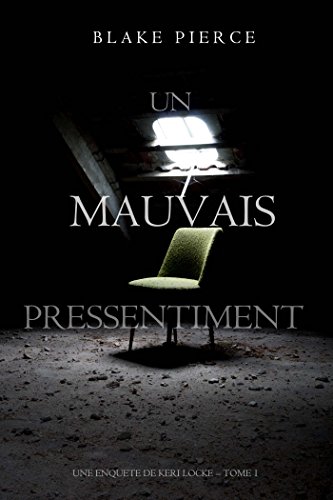Download links for: The 10,000 Year Explosion: How Civilization Accelerated Human Evolution


Reviews (see all)
Write review
Good read, not sure about all of the arguments presented but interesting ideas
Lots of undefined jargon, but you'll get the jist, which is fascinating.
I have just started, so eh
Absolutely brilliant.
Worthwhile reading
Other books by History & Biography
Other books by Gregory Cochran
Related articles













